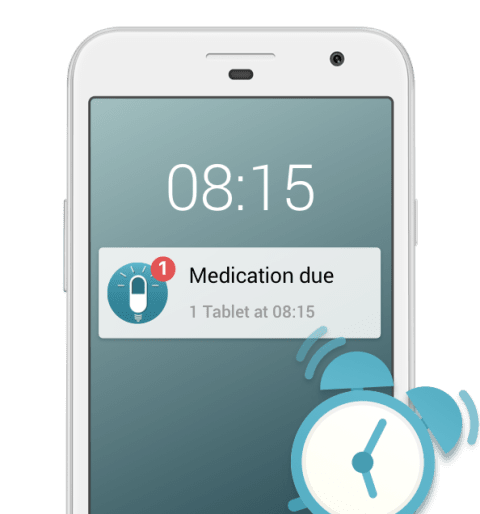The first recorded instance of HIV occurred in 1959 in the Congo. Since then, there have been substantial strides in researching the disease and effective treatments have been put into use. Unfortunately, there is still no cure. It’s impossible to provide an accurate estimate of when there might be a cure, but cures are being researched by teams around the world and steady progress thus far is a reason for the hope that a cure may not be too far away. In today’s blog we’ll cover what exactly HIV does, the treatments that are currently available, and how close we might be to a cure.
Understanding HIV:
HIV, or the human immunodeficiency virus, attacks the immune system. If HIV is left untreated it can lead to AIDS, which can be deadly. Currently, there is no cure, so people with HIV will have it for their entire life. With proper treatment, and if caught early, people can live full, long lives with HIV.
HIV is most often associated with sexual transmission, but it can also be transmitted through sharing injection equipment such as syringes or needles. In some cases, children may also receive HIV from their mothers before being born. Generally, the most important thing to remember about HIV is that it can be transferred through bodily fluids like blood, so sharing anything that has come in contact with someone else’s blood is a bad idea. It’s also important to practice safe sex.
The only way to know if you have HIV is through a test. The CDC recommends that everyone between the age of 13 and 64 gets tested at least once for HIV. However, people in higher-risk groups should get tested more often. Click here to learn more about the risk groups. Some symptoms (often resembling the flu) can appear 1 to 2 weeks after infection, but it’s also entirely possible to be infected with no symptoms appearing. This is why it’s important to know if you’re at risk and stay on top of regular testing.
Current treatments for HIV:
The type of HIV treatment given will vary based on several factors including how recently the infection occurred and how severe it has become. If you’ve been exposed to HIV in the last 72 hours, post-exposure prophylaxis (PEP) medicine may be able to prevent infection. PEP must be started within 72 hours and is only prescribed in high-risk situations due to the adverse side effects it may cause.
If you’ve already tested positive for HIV, the type of treatment given will depend on the amount of HIV in your blood (determined by an HIV viral load test) and how severely the virus has affected your immune system already (determined by a CD4 lymphocyte cell count.) Following these tests, your doctor will determine when and how to begin treatment.
HIV is treated using antiretroviral medication. This type of drug works by preventing the virus from replicating itself, giving the immune system the chance to repair itself and to prevent any additional damage. Typically, treatment will involve a mix of antiretroviral drugs since HIV is resilient and may adapt quickly otherwise. The exact mixture of medications used will be unique to every individual.
Once treatment has begun, the HIV viral load test will be used to measure its effectiveness. Most patients can reduce their viral load to an undetectable level within 6 months after the treatment has started.
Curing HIV:
Researchers believe that we will find a cure for HIV, and the amount of knowledge that we already have about the virus is promising. That said, there is no cure yet. There have been two patients cured of HIV in recorded history, but it’s still not entirely clear how or why they were able to be cured.
It’s hard to say if patients with HIV can expect to see a sterilizing cure in their lifetime (one that eradicated HIV) but many scientists believe we’re very close to a functional cure (one that reduces HIV to harmless levels.) There’s an argument that antiretroviral medication is already a functional cure, but the need for constant treatment makes this a potentially weak argument. Fortunately, companies and academic groups are developing and testing treatments that would only need to be given once or twice a year, essentially making them a functional cure. It’s unclear when exactly these treatments will be completed and approved, but they’ll certainly be a game-changer for anyone living with HIV and dealing with daily treatments.
Aside from a cure, there have also been over 800 studies conducted looking into potential HIV vaccines. Even if a potential vaccine is not 100% effective, it may reduce infection rates greatly. This represents an extremely promising development for a virus that has proven deadly and was discovered only 60 years ago.
So, is there a cure for HIV? The short answer is no. There’s not a cure, but the good news outweighs the bad. HIV is a disease that can be effectively treated, and researchers appear to be well on the way towards a functional cure and vaccine sometime in the future.
Here are some other articles we think you might be interested in:



